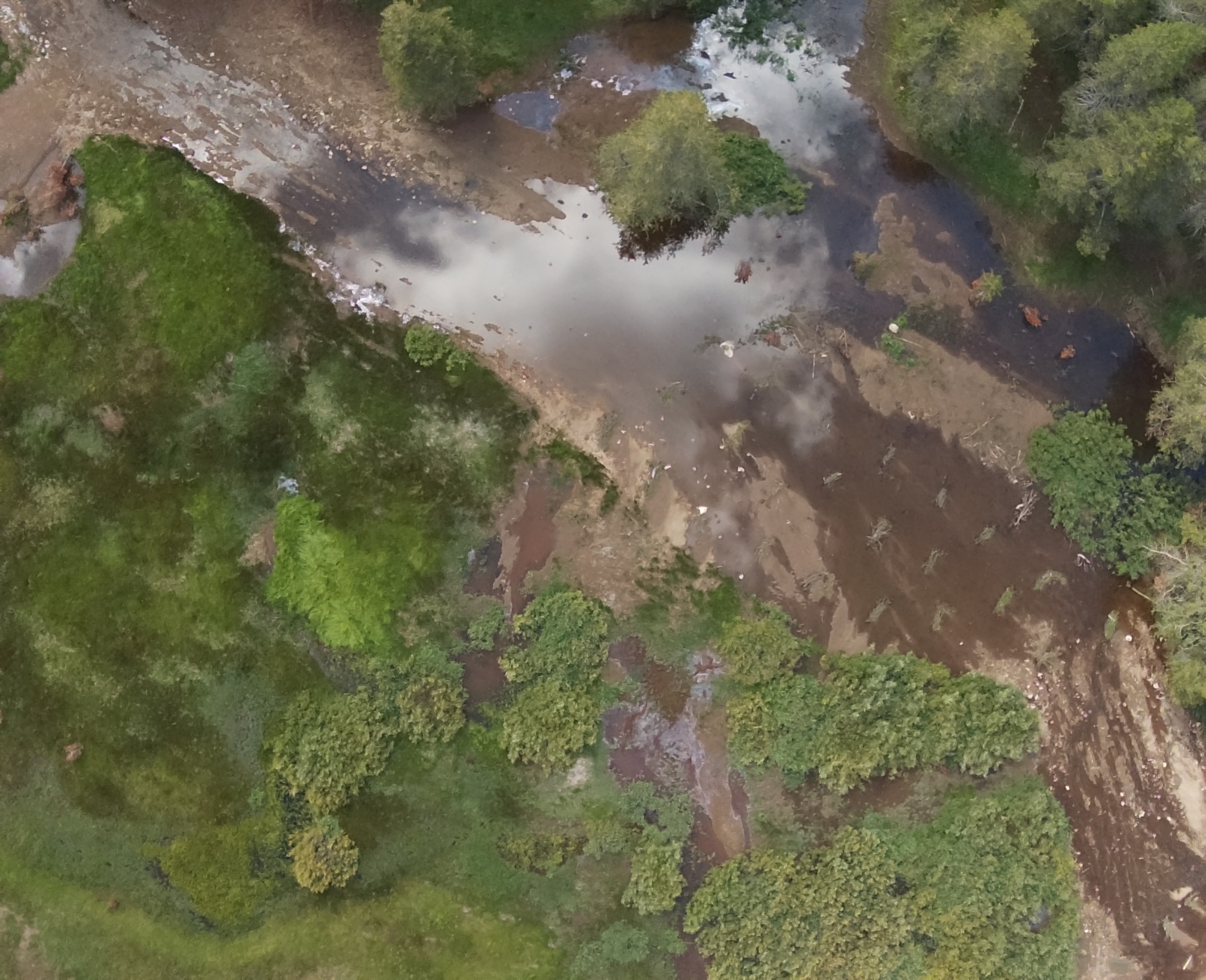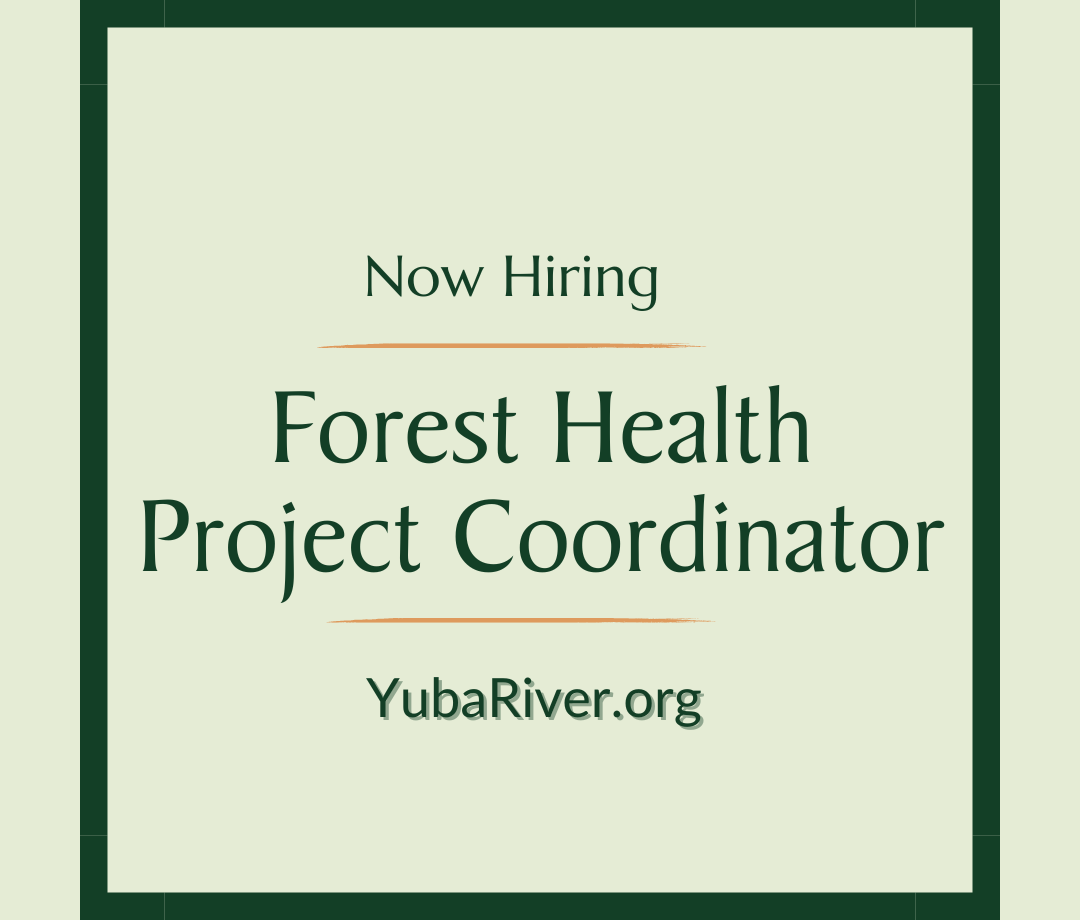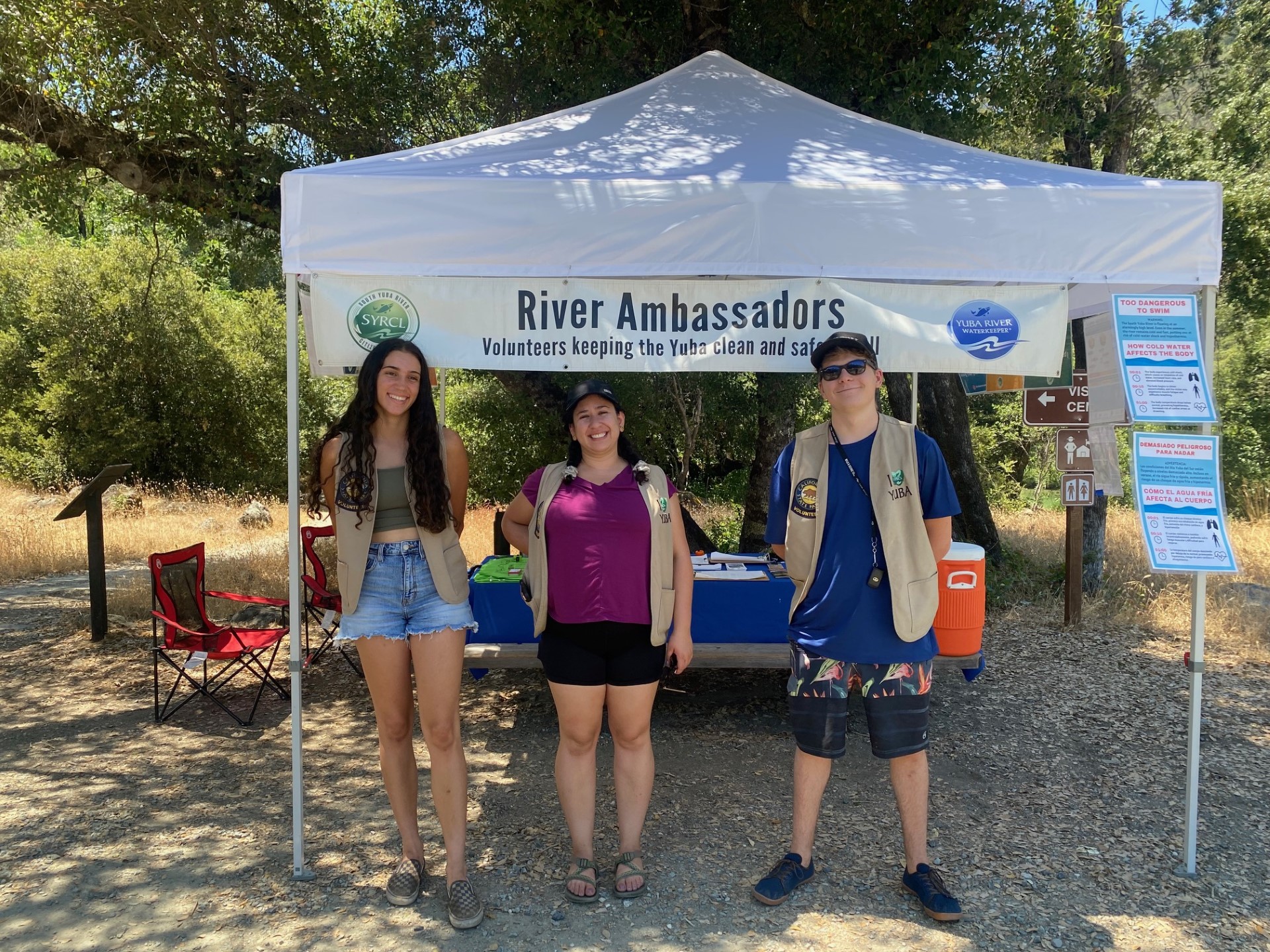Proactive Action is Key to Balancing Future Water Demands with Supply
The South Yuba River Citizens League (SYRCL) and our partners are currently working through a tangle of water issues which stretch from the highest reaches of our beloved Yuba River all the way to the Golden Gate Bridge. This issue promises to impact how Yuba water flows into the Bay-Delta system which will have a notable impact on the health of the Yuba watershed’s ecology, especially for salmon. Join us as we work through the challenges we face together in four acts. For a deeper dive, take a look at our series of articles on the Bay-Delta.

Act One: What Are We Trying To Protect – We begin with a mental picture of the Yuba. It’s spring and there’s still snow on the Sierra Buttes above Downieville. The willows at Van Norden meadow are poking through the snow and just starting to leaf out. As the snow melts it flows downhill through reservoirs and dams, much of it getting stored for use later in the year. The clear, cold water which isn’t captured makes its way through the Yuba River, to the Feather River, the Sacramento, and ultimately to the Bay-Delta. Picture the life that relies on this water, especially the juvenile salmon riding the spring snowmelt downstream to the Delta and under the Golden Gate Bridge. Numerous other birds, fish, and amphibians have evolved to rely on the annual spring floods. For salmon, these spring flows are also a call ‘home’ to their native rivers to spawn.
Act Two: Start With Science – Next, let us travel to the halls of environmental agencies, universities, and even SYRCL. Picture shelves heavy with studies analyzing the impacts that mining and water infrastructure have had on the environment. Picture all of the graphs, charts, presentations, and research to understand all that is required to support healthy environmental systems and how all the ways water projects damage those same environmental systems. At SYRCL, we believe that following science is our best approach to solve complex issues. With new information, we strengthen our picture for how environmental systems are connected and how small changes can have massive environmental repercussions. Using the State Water Board’s science report from 2017, the last time the health of the Bay-Delta was seriously studied, many things are clear:
- More fresh water from the Yuba, the Bear, and other watersheds is a critical need for the health of the Bay-Delta;
- Significant freshwater needs to flow to the Golden Gate to save our fisheries and the Delta;
- Habitat for fish and other riverine and Delta wildlife has been badly degraded but can be restored;
- A “maintenance” approach to river flow management will not reverse the decades of environmental damage. Substantial increases in flows are required;
- Each watershed flowing into the Bay-Delta has unique characteristics and local challenges, therefore they each needs a tailored approach to solutions;
- Indigenous peoples had tribal practices and management that allowed rivers to remain healthy. However, their water rights were lost with colonization. Their cultural and beneficial uses of these waters need to be recognized.
Act Three: Should Fear Be Our Guide – You may have read statements from water districts that use terminology, numbers, and modeling results focused on the statistical worst-case scenario. With their statistical outliers in hand, cries of if the state requires more water, we’ll have no water for town, dead crops, and dead pool. We have spent countless hours digesting, discussing, and talking about the assumptions in their models with them, and we do not disagree. The worst-case climate scenarios with the worst consecutive series of drought years does paint a stark picture of our water future. Now picture two paths: going down the first path finds us clinging to the past and how we have prioritized water uses and how we have managed water operations under the assumption that human use of water was the most important. Taking the second path begins with eyes clearly focused on the climate future which is coming for us all, a future that forces opportunities to rethink how we prioritize water uses. What matters to us? How can we invest in each other and technology to help every drop of water we use go further? If we are more efficient with the water people need, more water can be allowed to naturally flow downstream for salmon and the health of the Bay-Delta ecosystem. I encourage you to join SYRCL as we take the second path.
The Final Act – As we come back to the here and now, we are given a clear picture of the challenge in front of us. We all eat food, use electricity, and value that our neighbors in the Central Valley don’t have to fear floods the same way their grandparents did. And with those luxuries, we are given the opportunity to strive for better, especially for salmon, the Yuba River, and the Bay-Delta whose needs and cries for help (documented in mountains of science spanning nearly 150 years) have been neglected for too long. Water is a finite resource. But the pendulum of water allocations has swung in favor of consumptive human use for too long. The only way to keep the natural systems we cherish and rely on is to let it swing back towards the environment in a meaningful way. We know there are hard conversations and painful decisions to be made, but the only way I see forward is to meet our responsibility to care for the places we love and value.

Aaron Zettler-Mann PhD
Executive Director
South Yuba River Citizens League
Did you enjoy this post?
Get new SYRCL articles delivered to your inbox by subscribing to our ENews.





I enjoyed the aerial view of the Yuba watershed very much. Showing the Yuba with Lake Tahoe and San Francisco Bay makes it clear how big the river is.
Thank you for your accessible and thoughtful summary of the situation, Aaron. I’m so grateful you are in the forefront of supporting science based decision making with SYRCL. Keep raising our awareness and letting us know what we can do to help.
So straight forward! Thank you for all your efforts especially involving other entities in joining the work. I admire this concise overview ( having already encountered our local water district’s social posts). The river trips for youth are winning hearts that will hopefully ensure future work as well.
Aaron,
Very good to see this well organized overall analysis of the approach to our ongoing water problem.
I really appreciate your new more scientific technical leadership of SYRCL.
Ralph Hitchcock